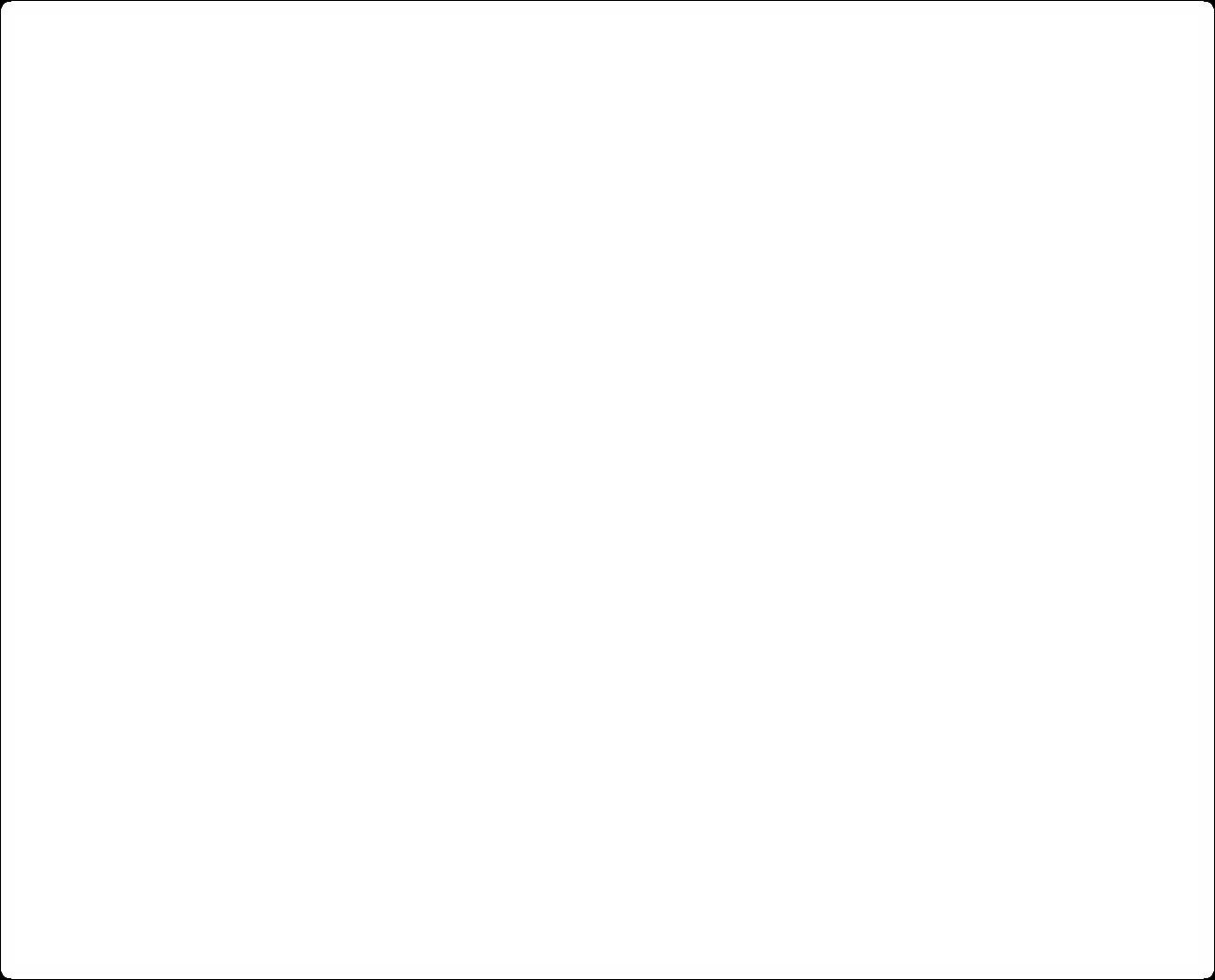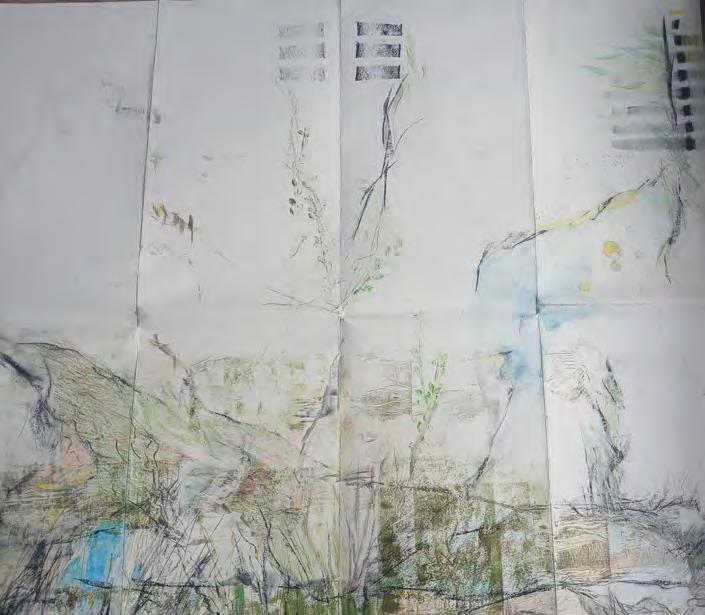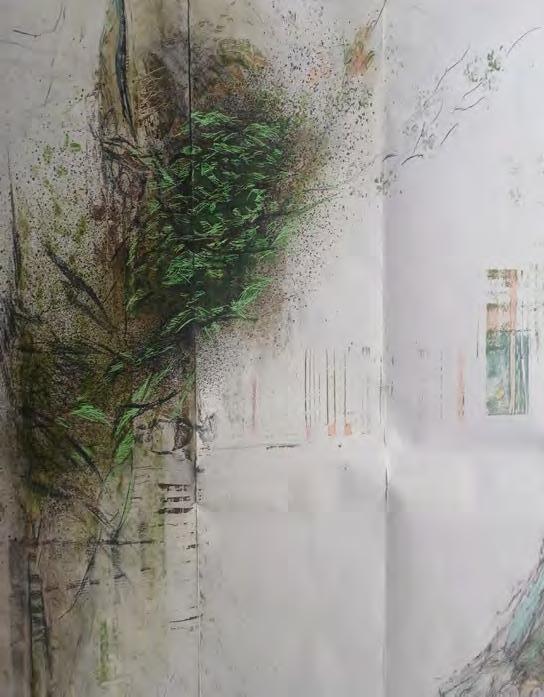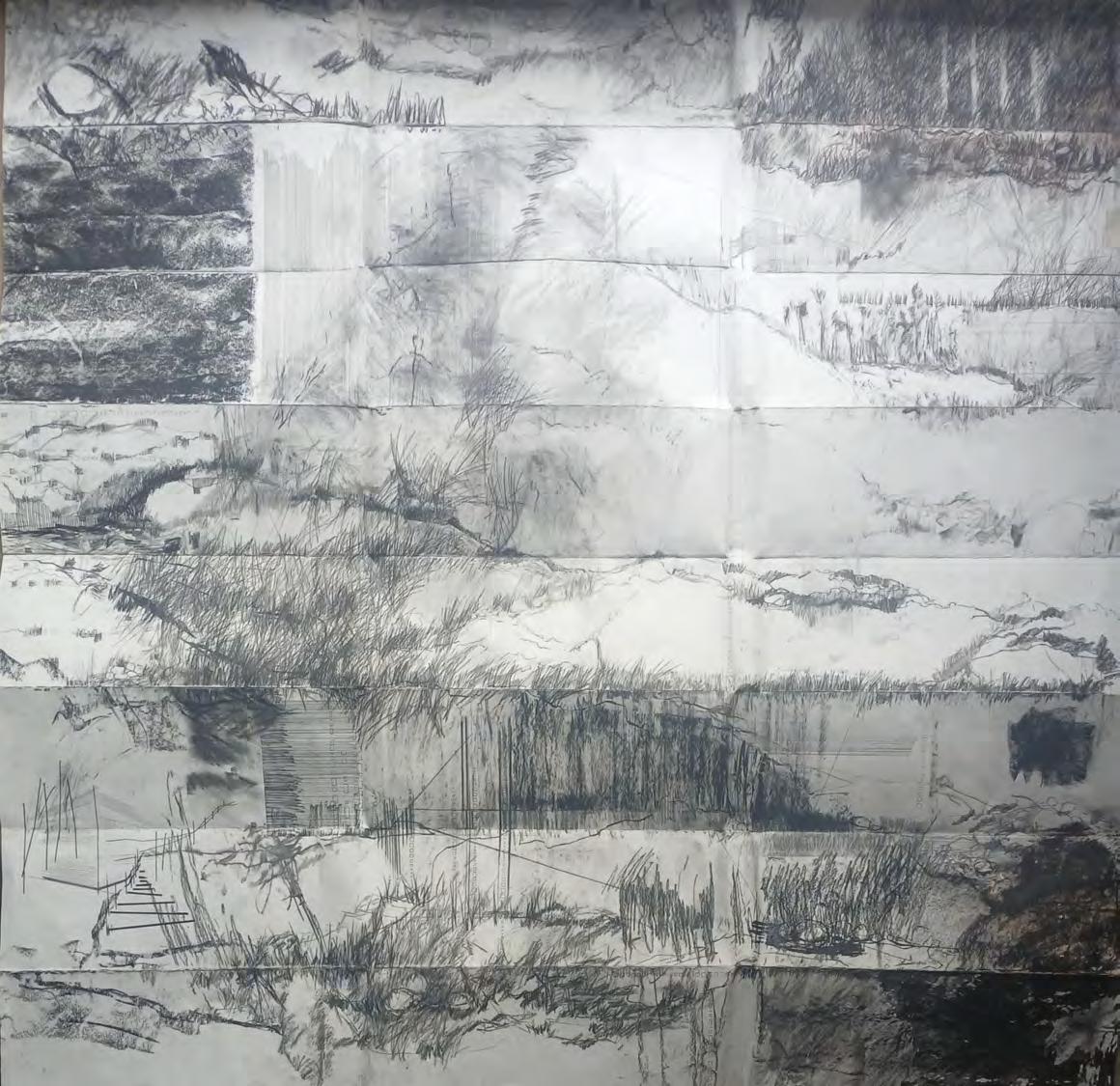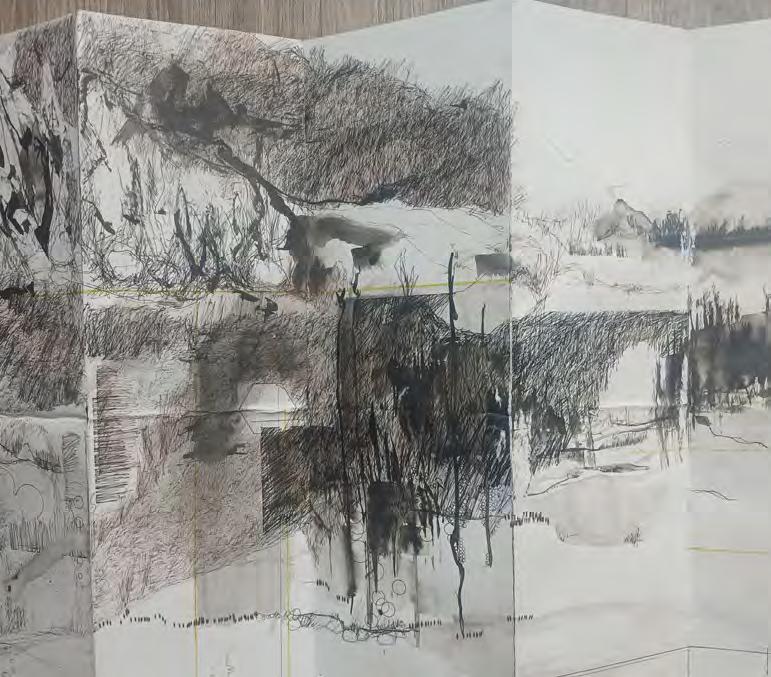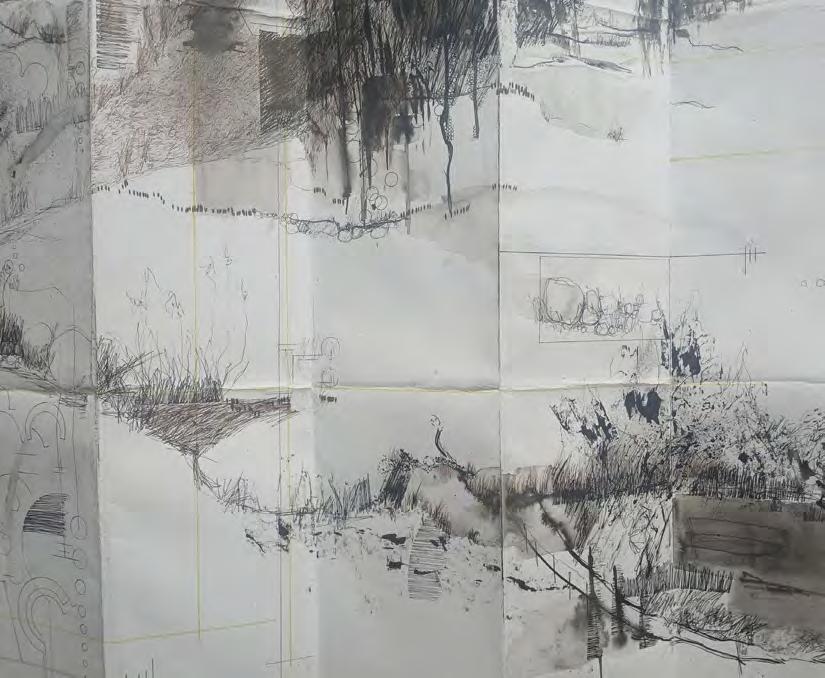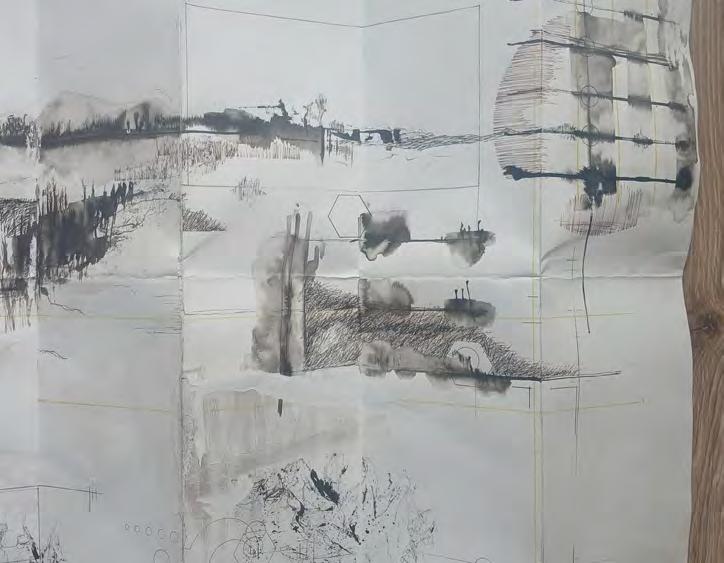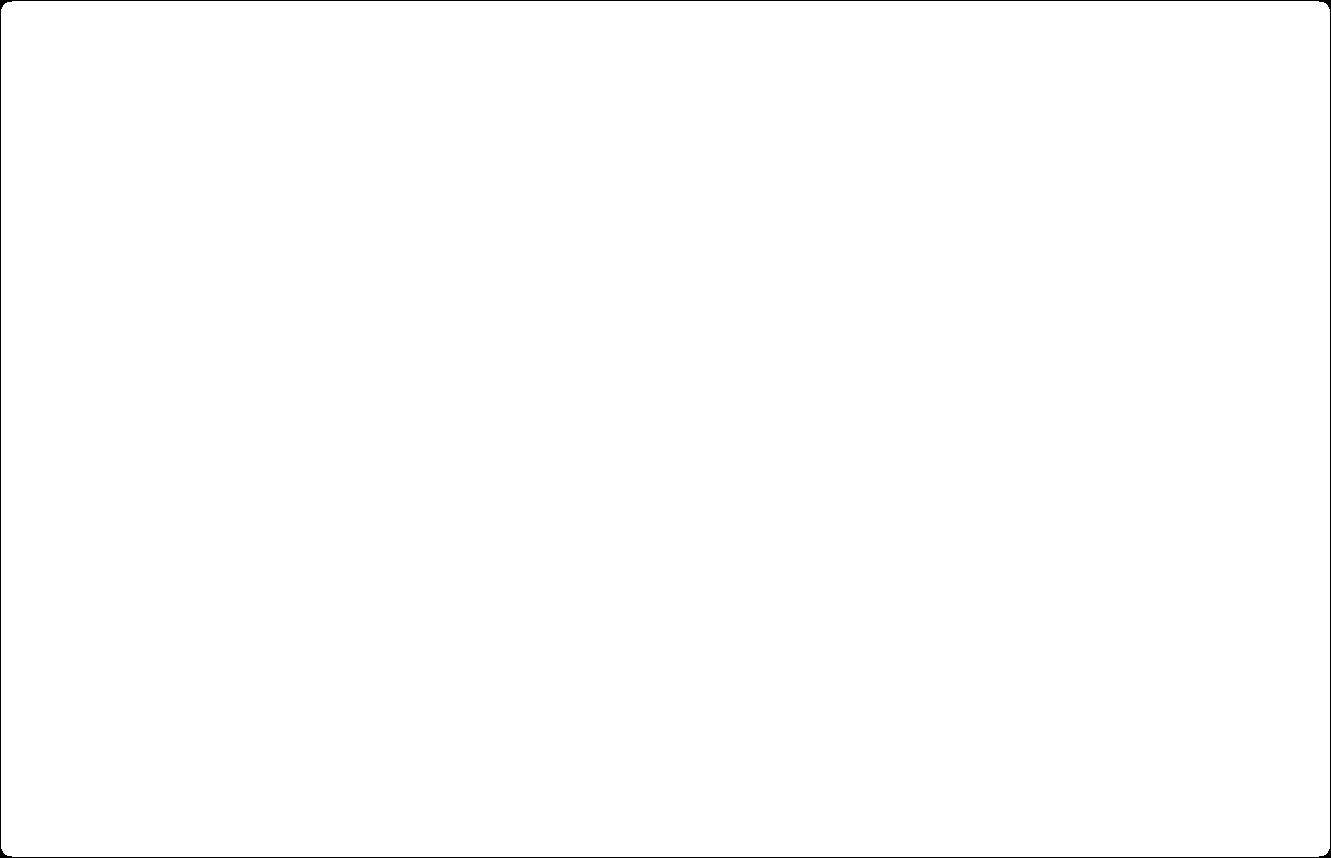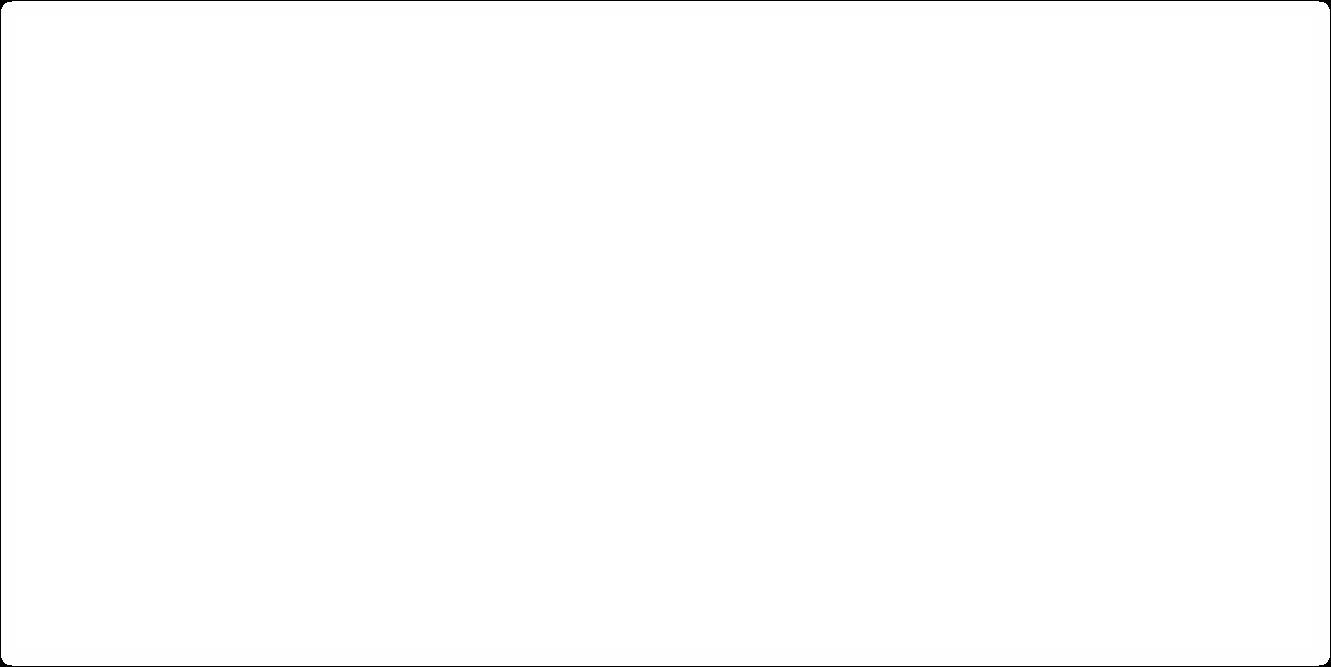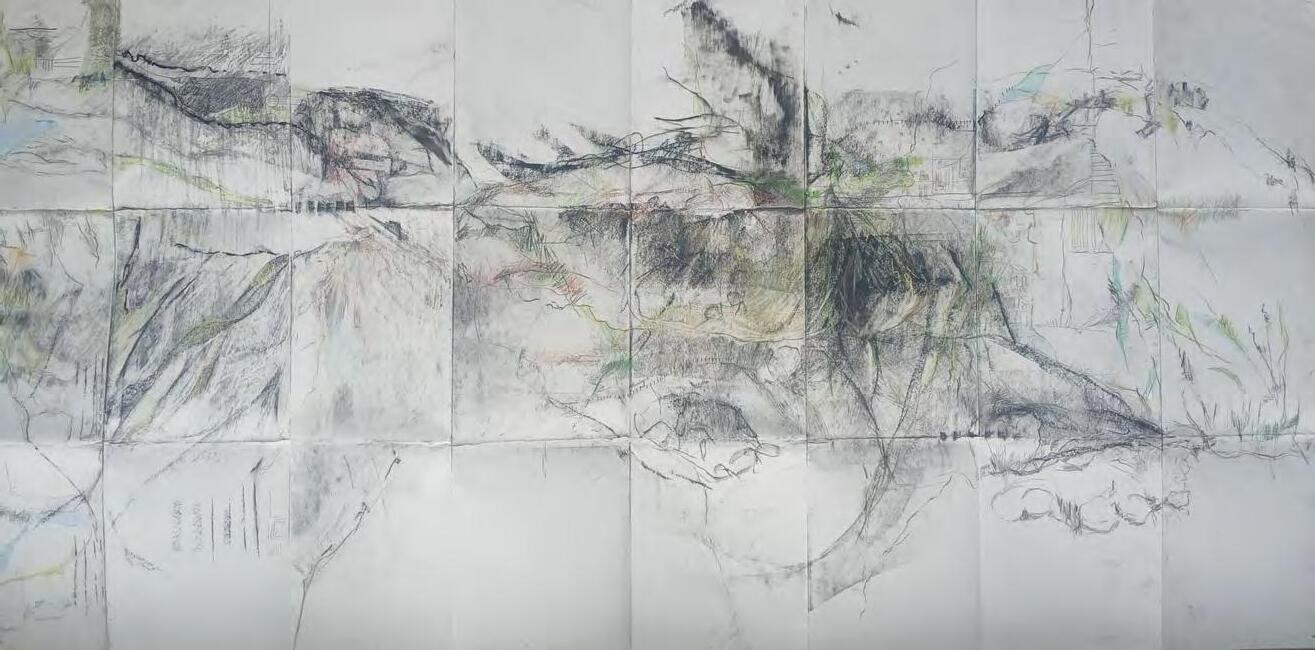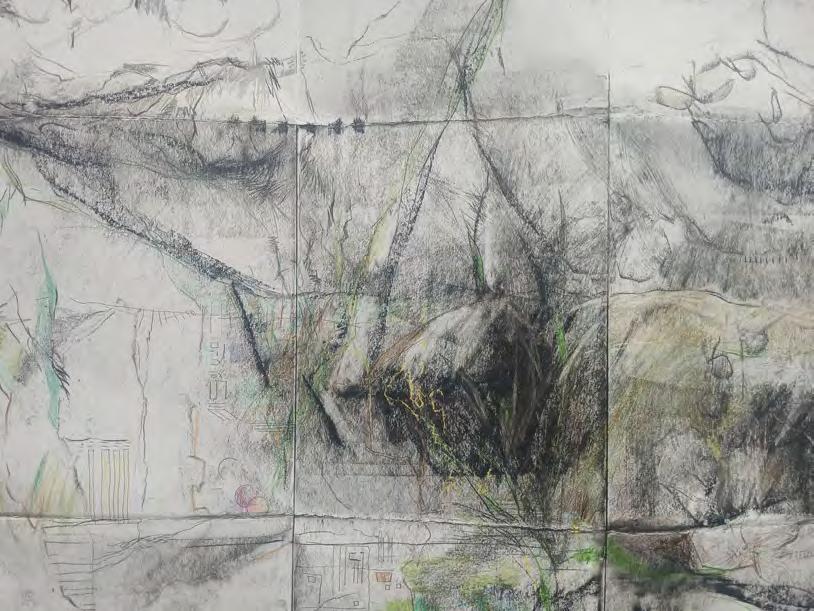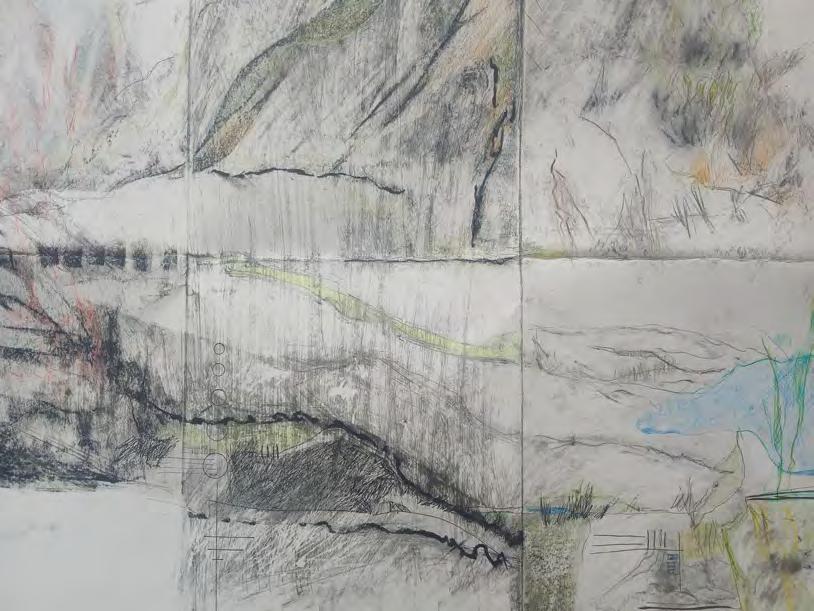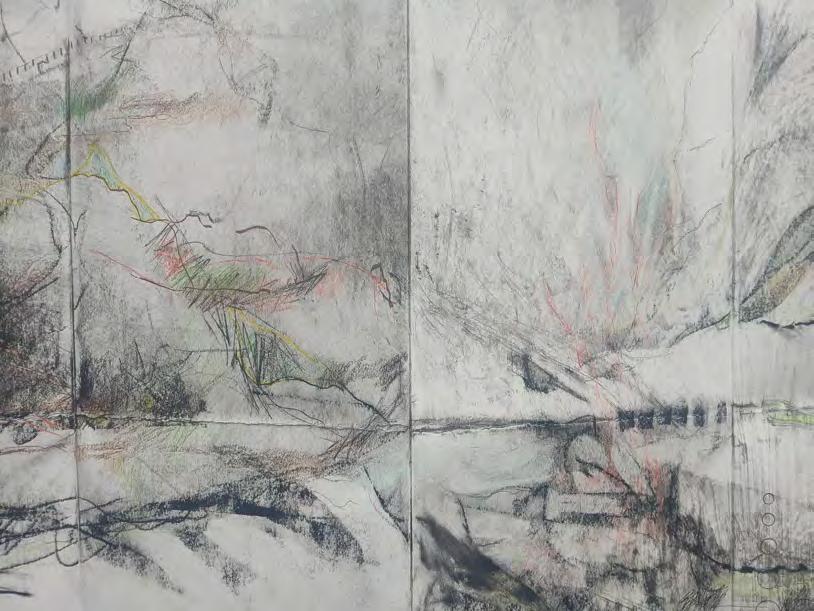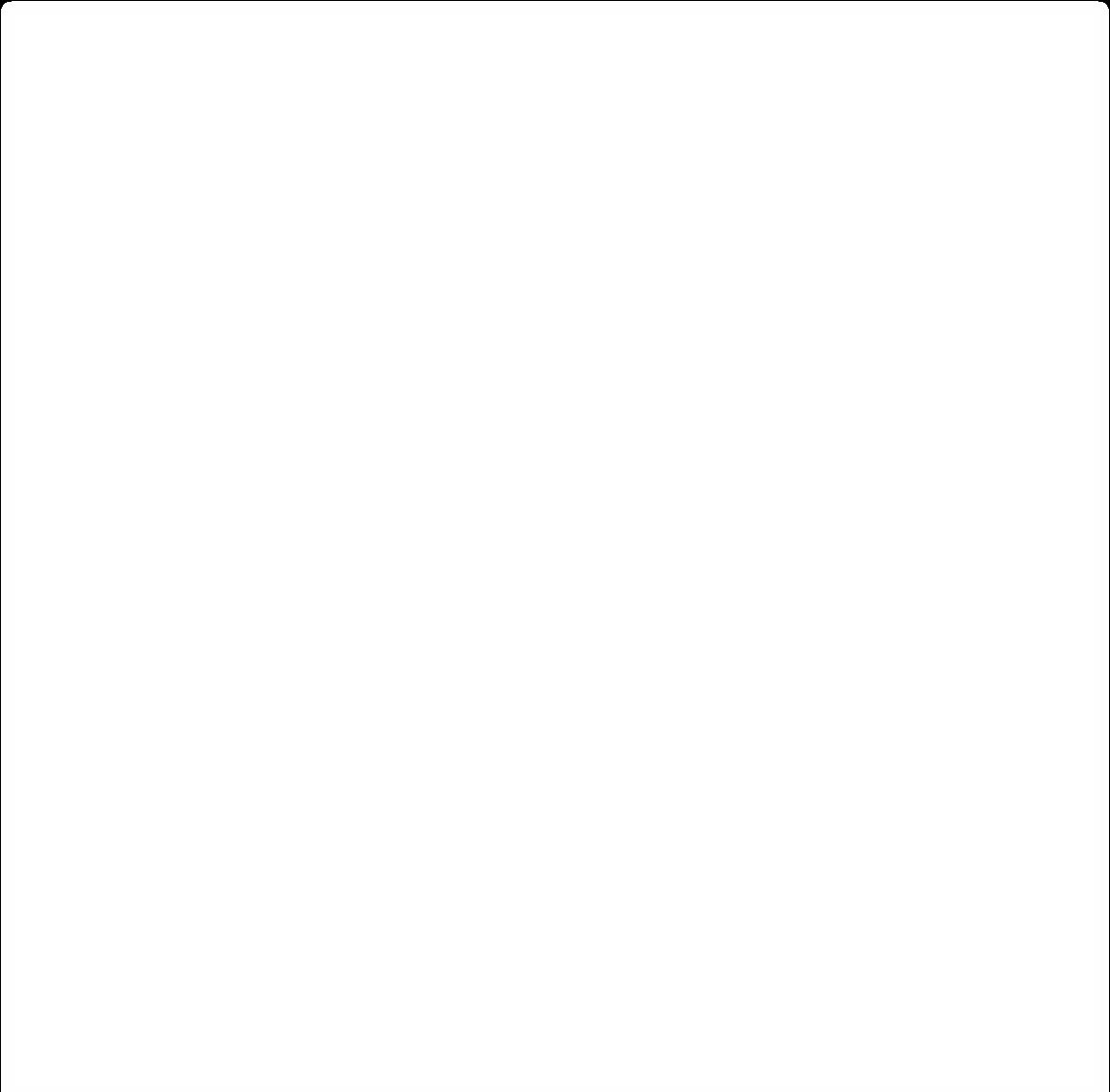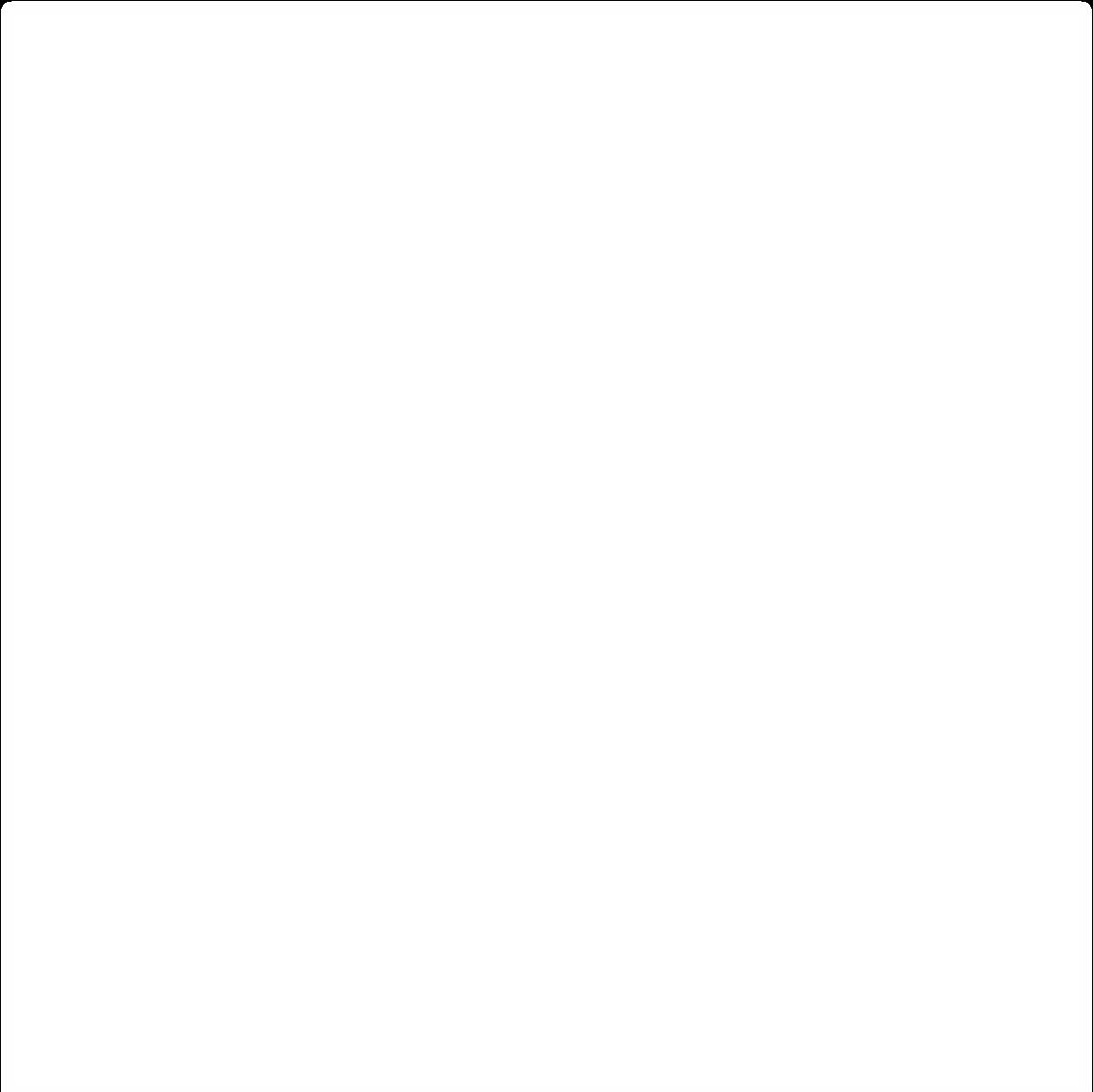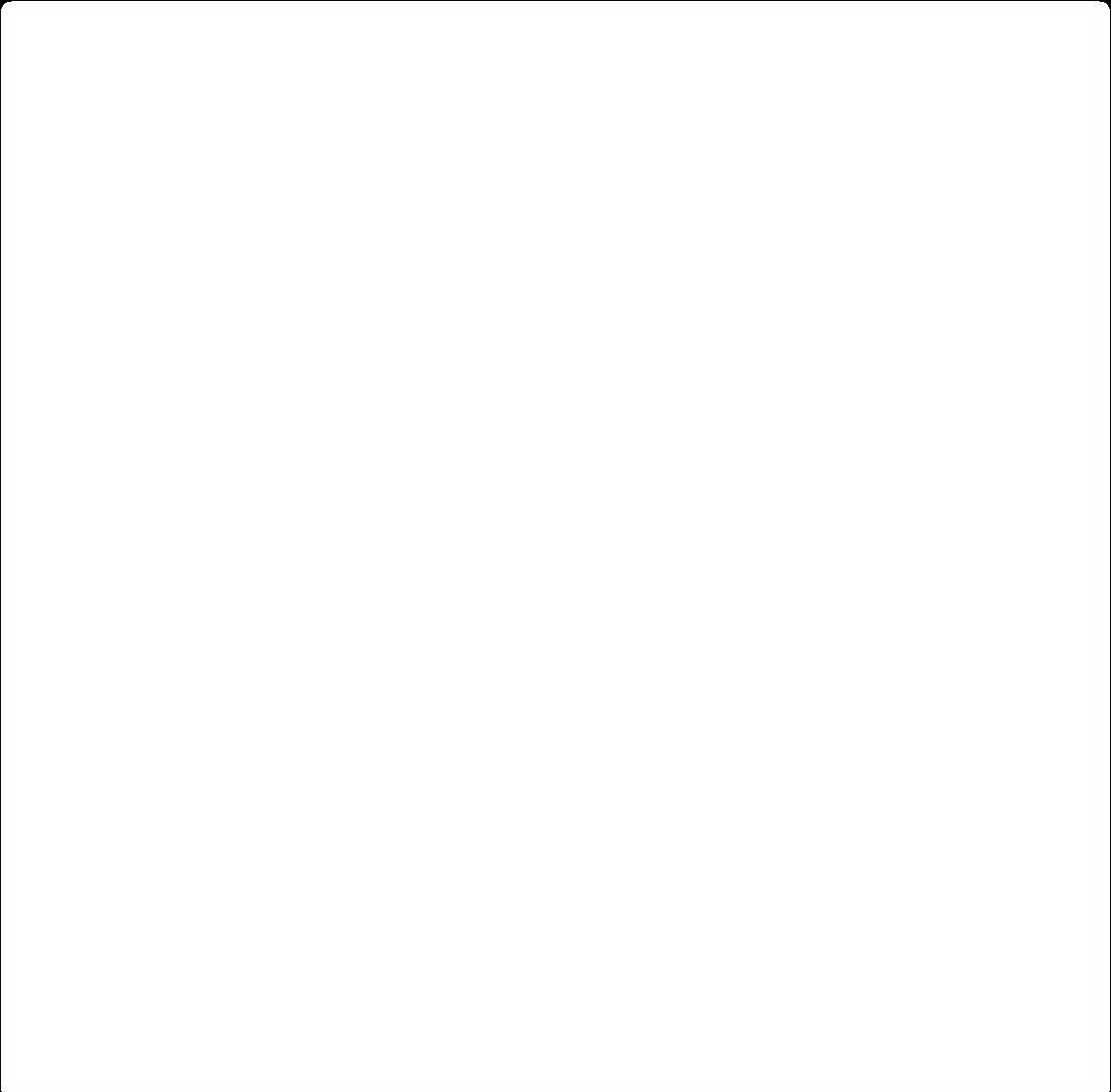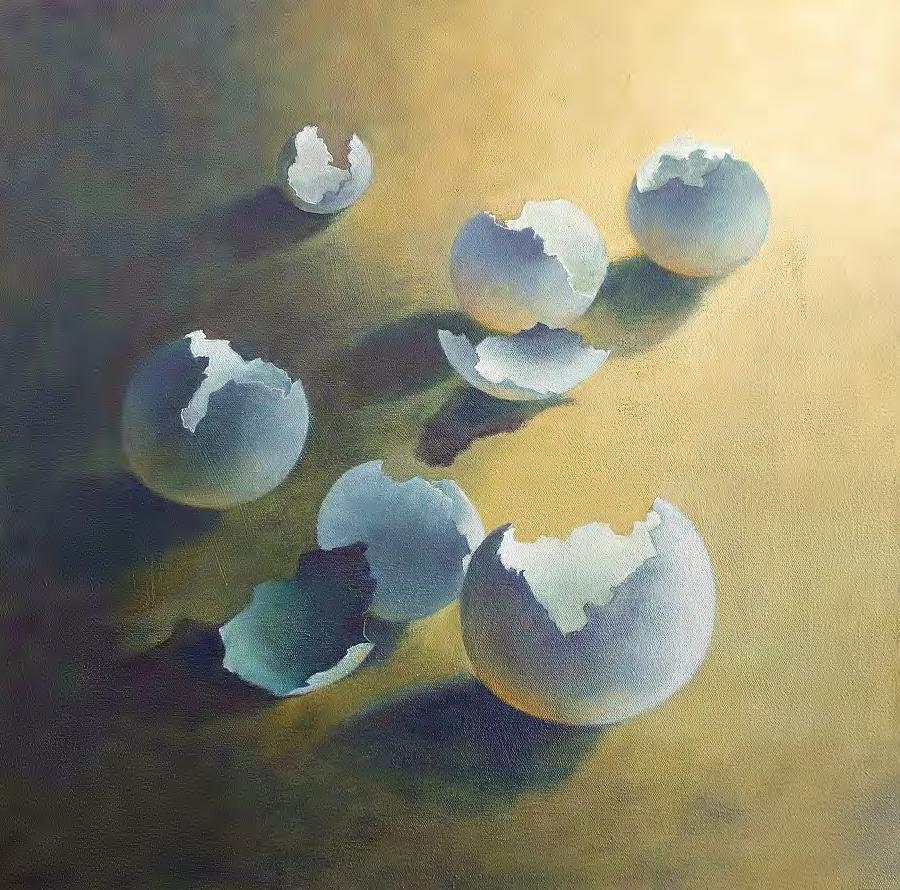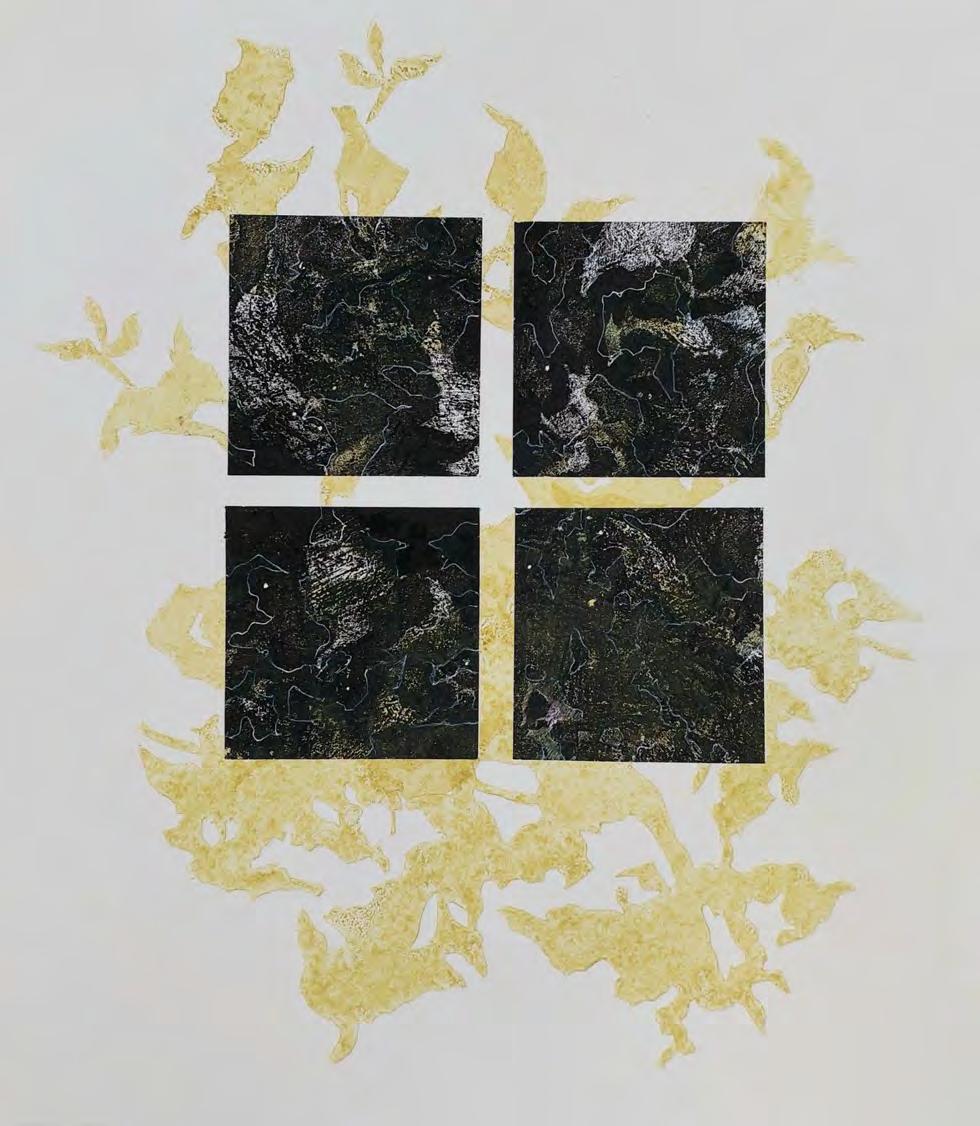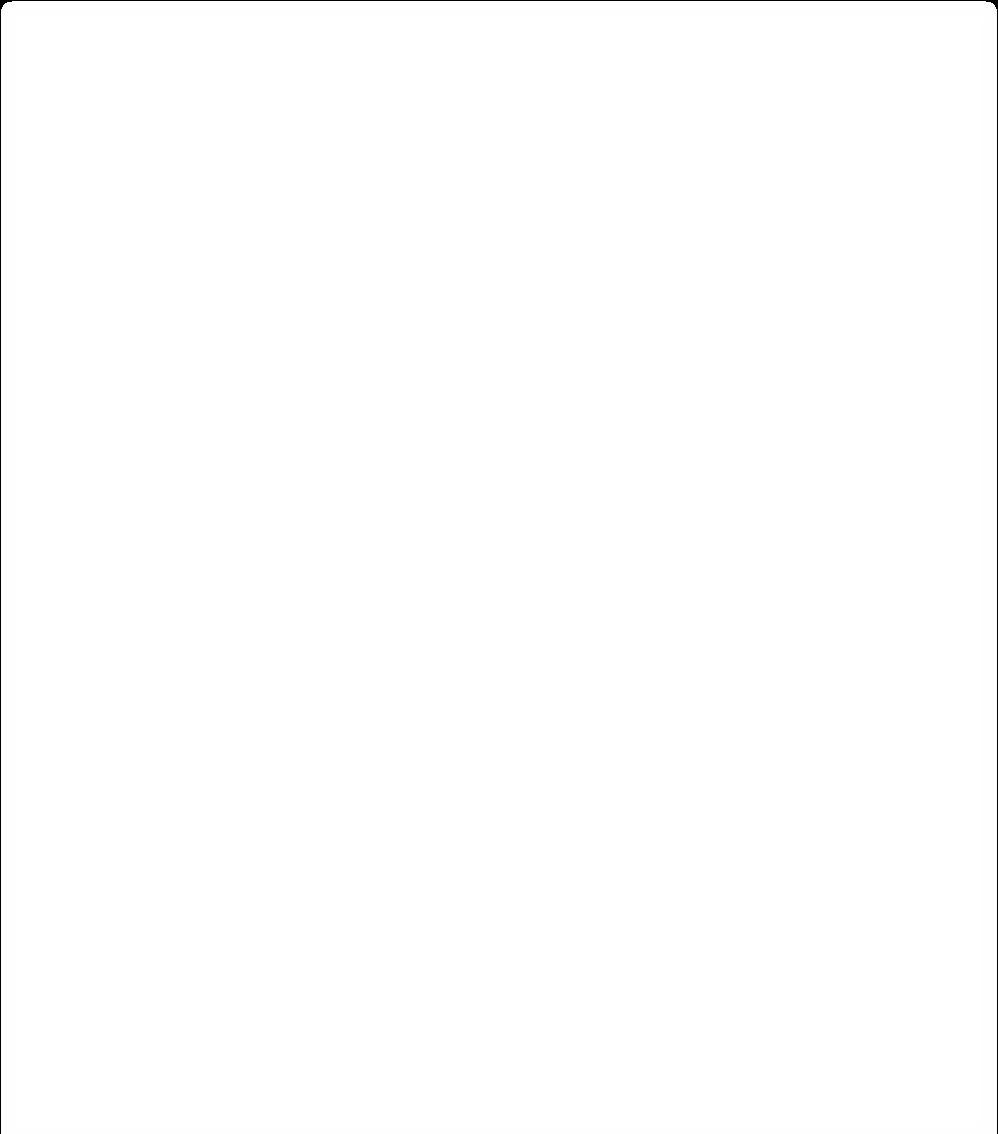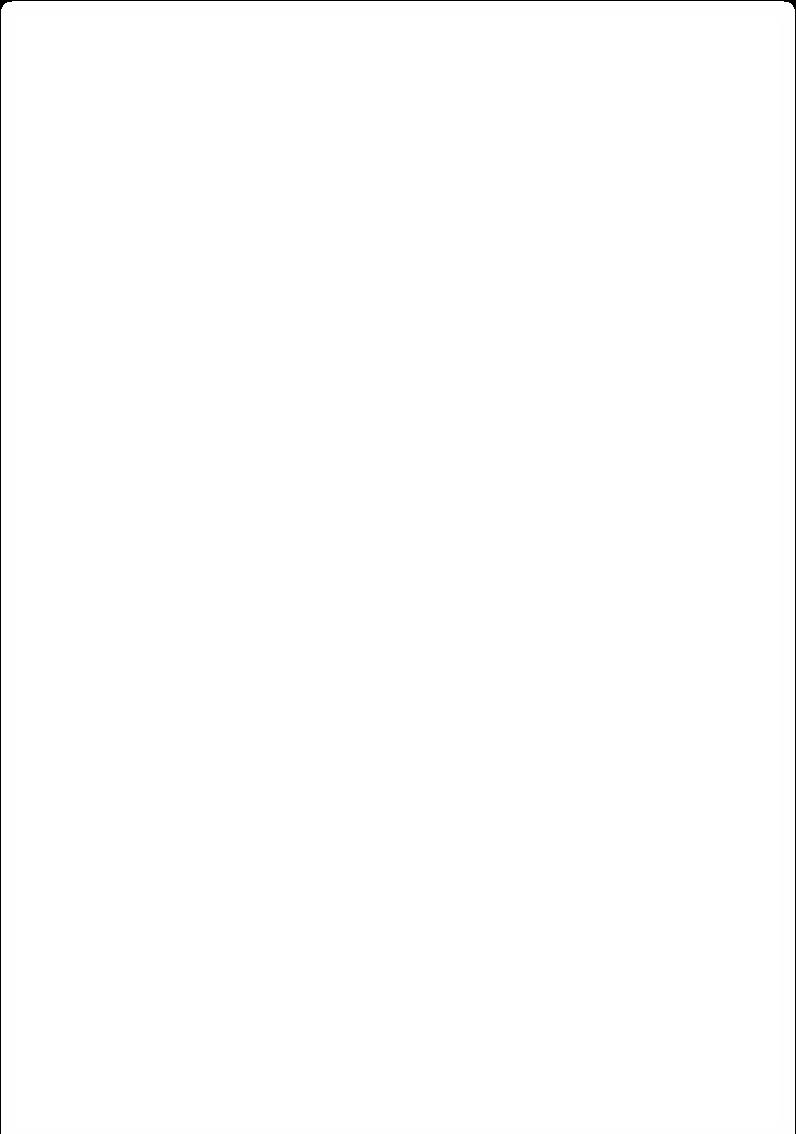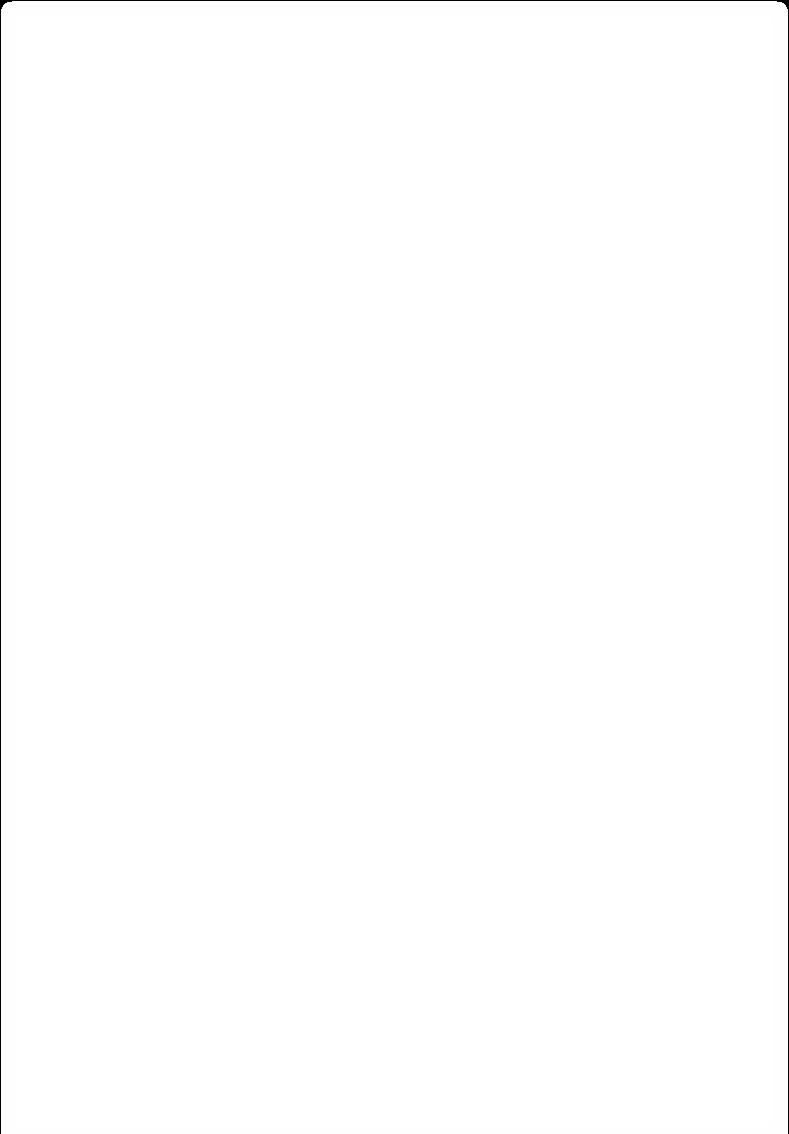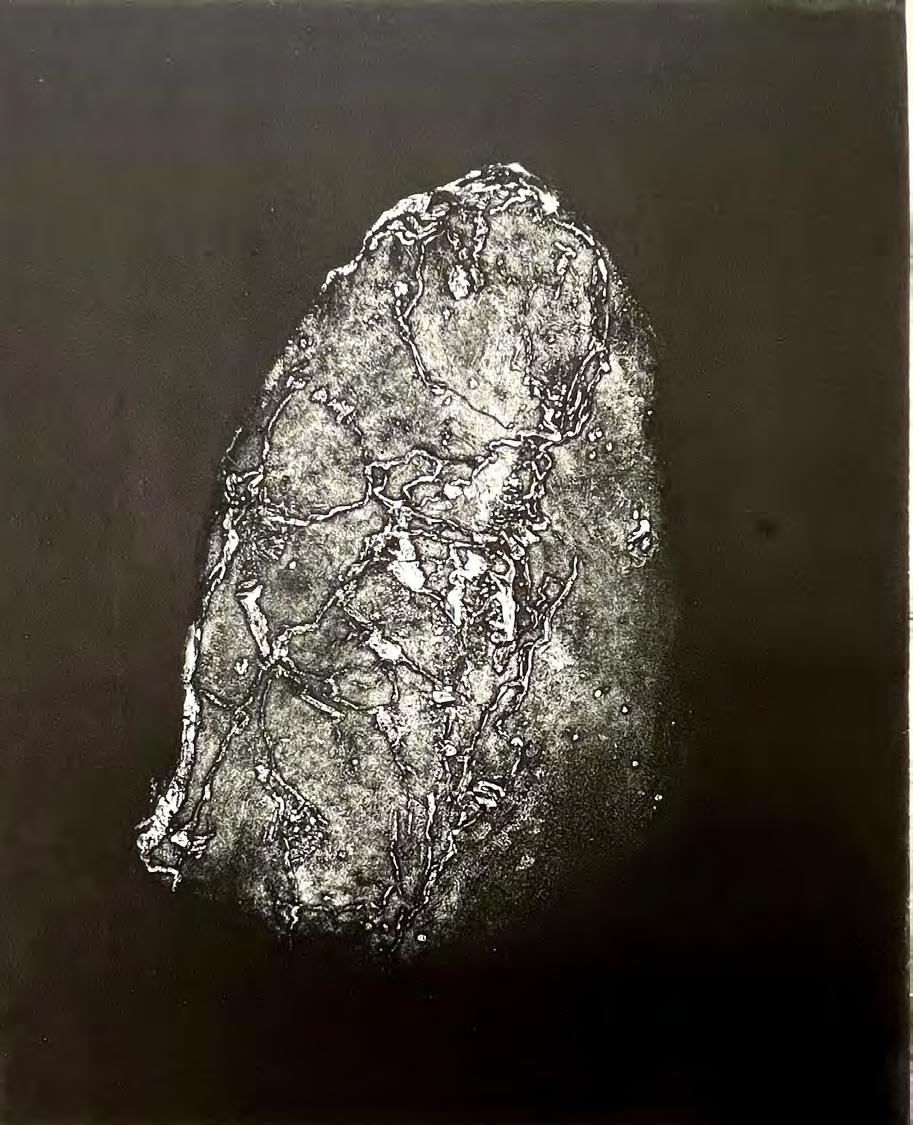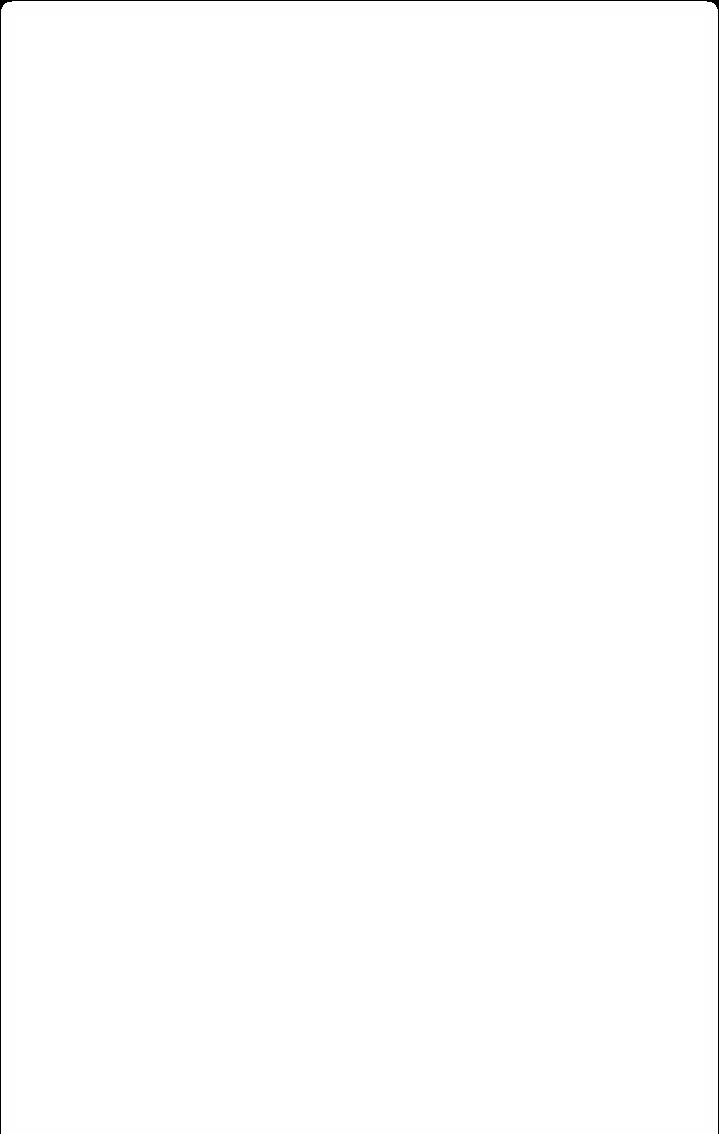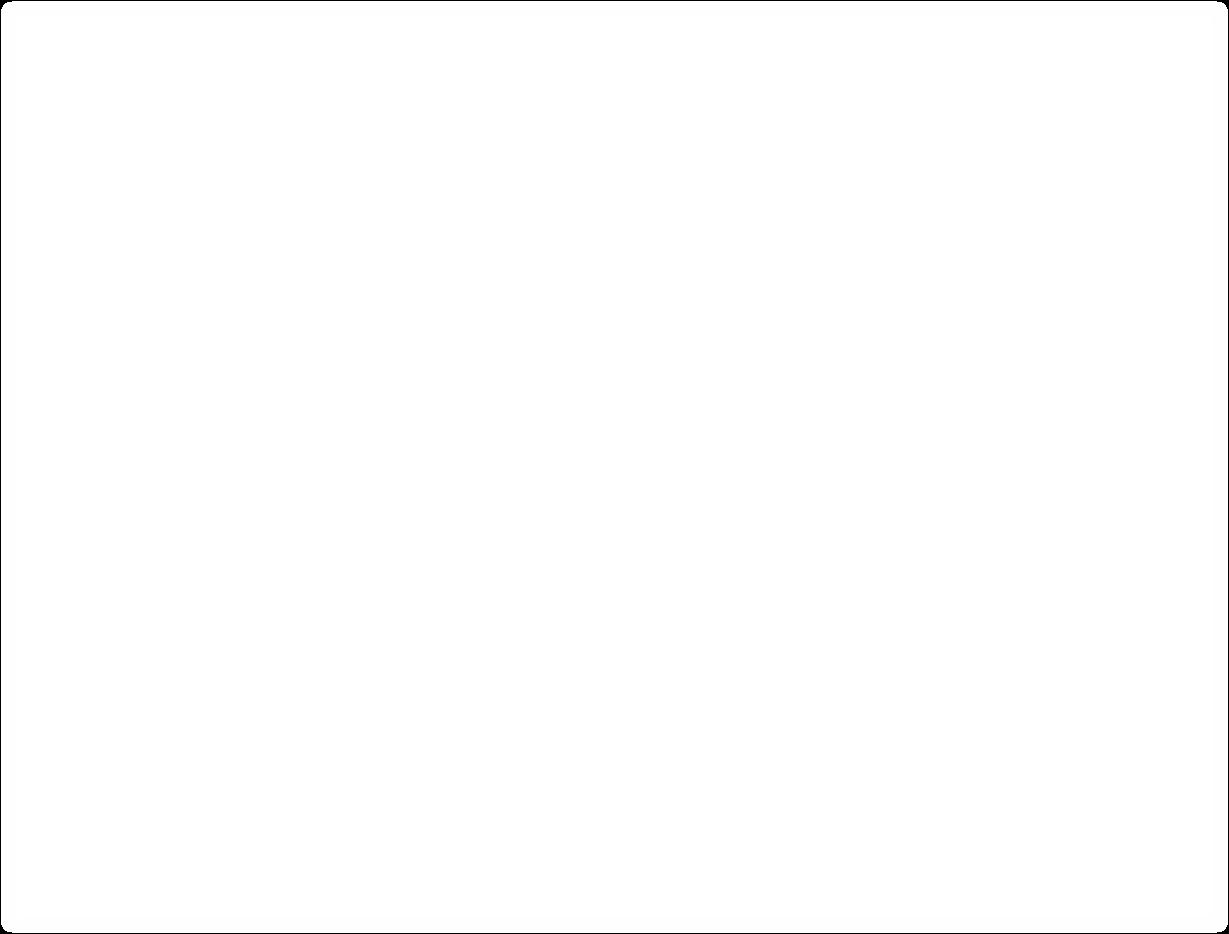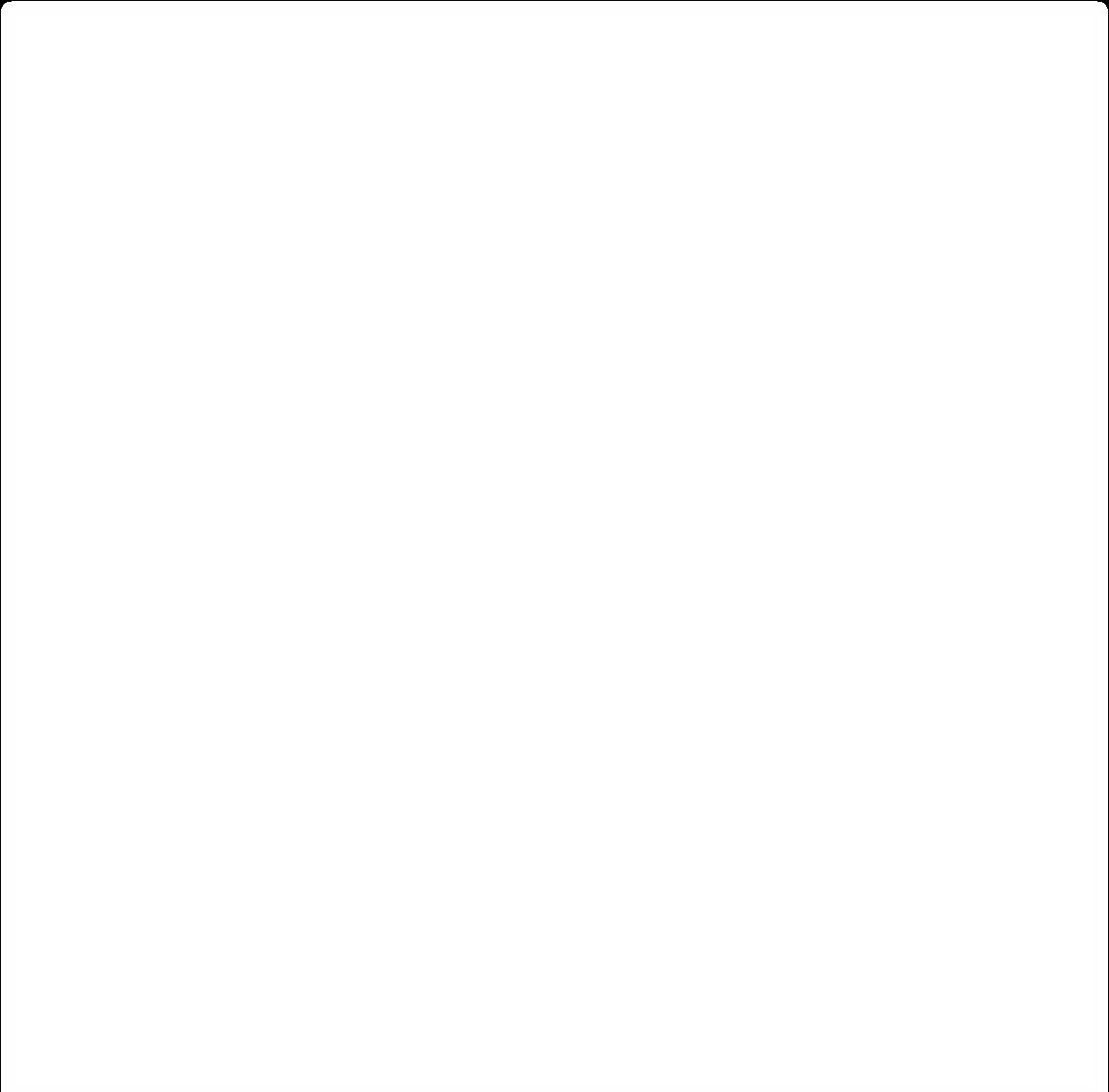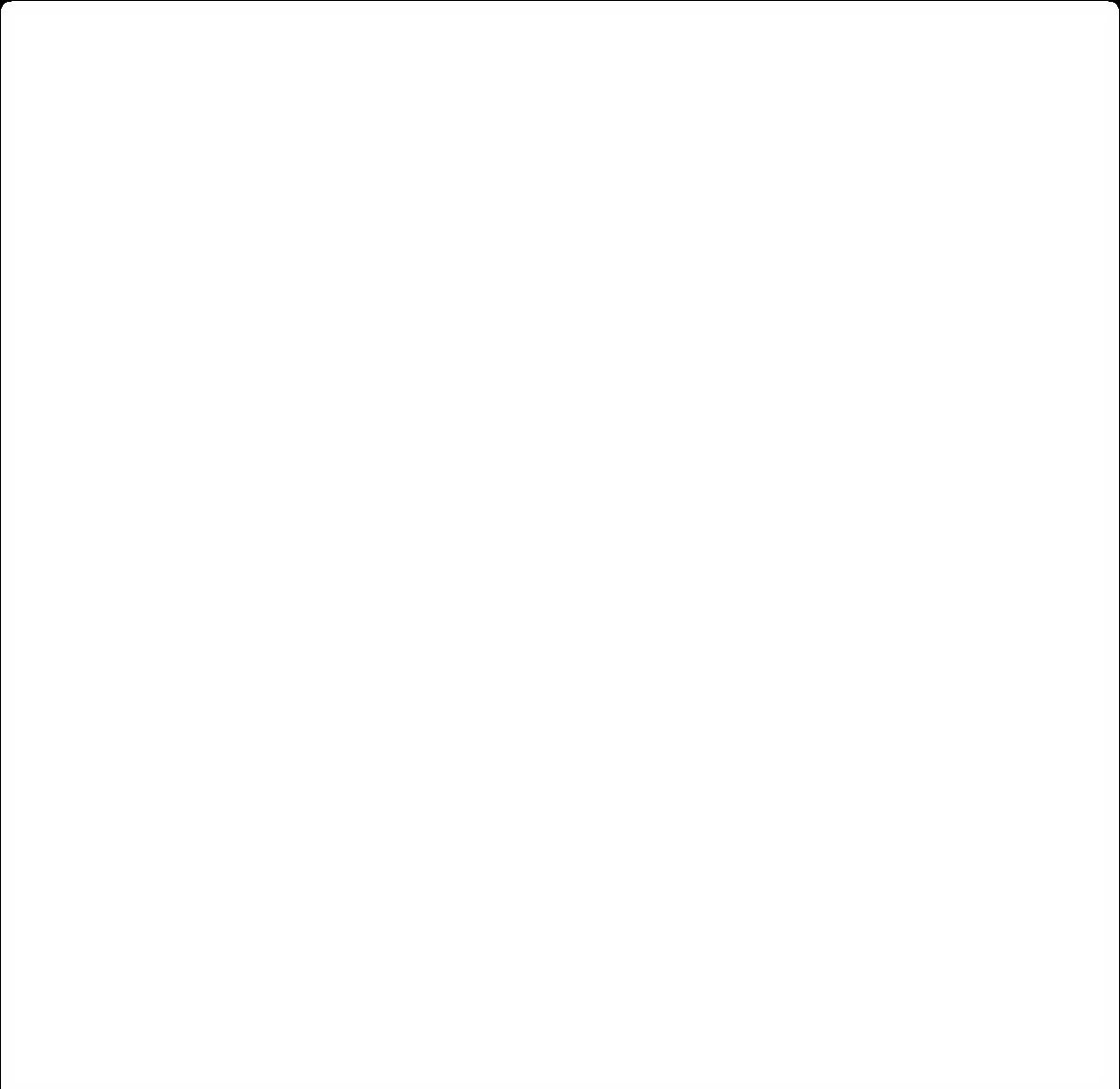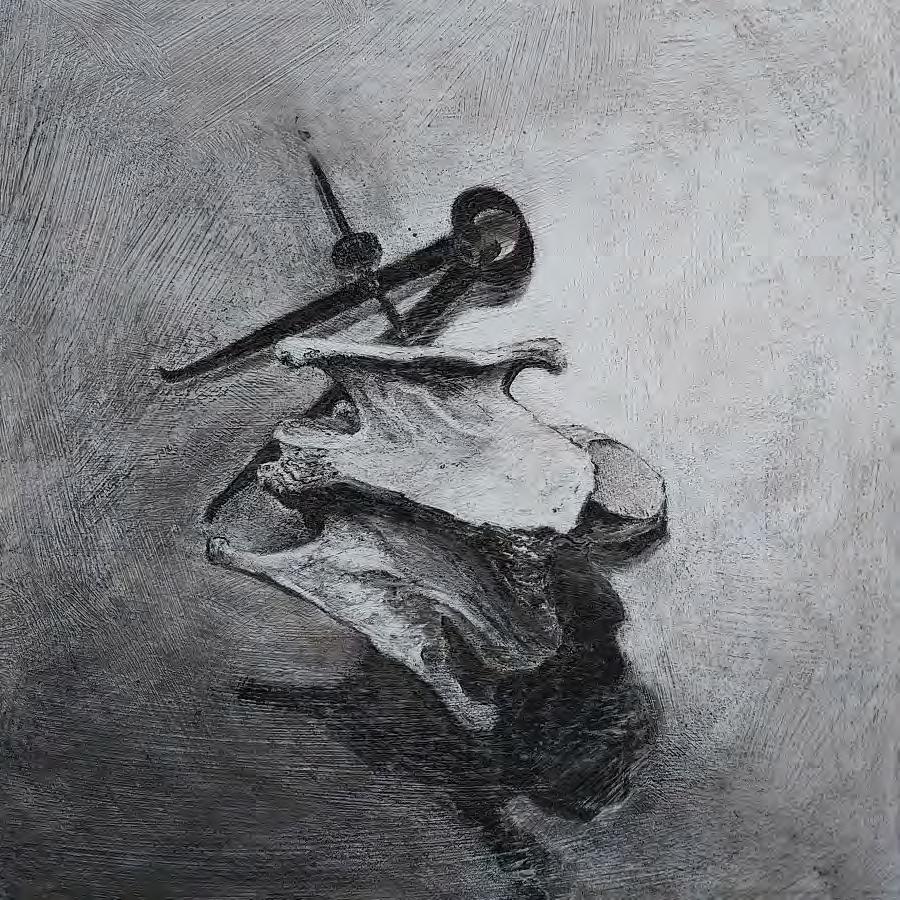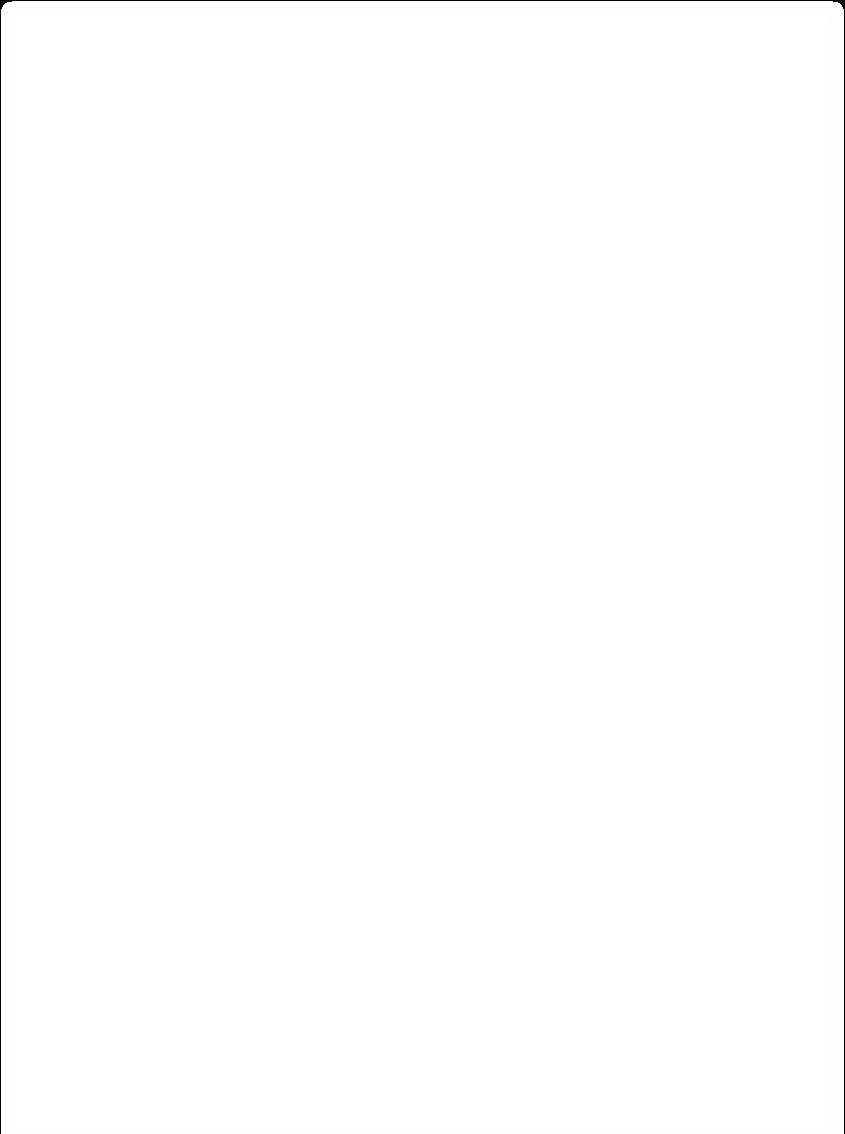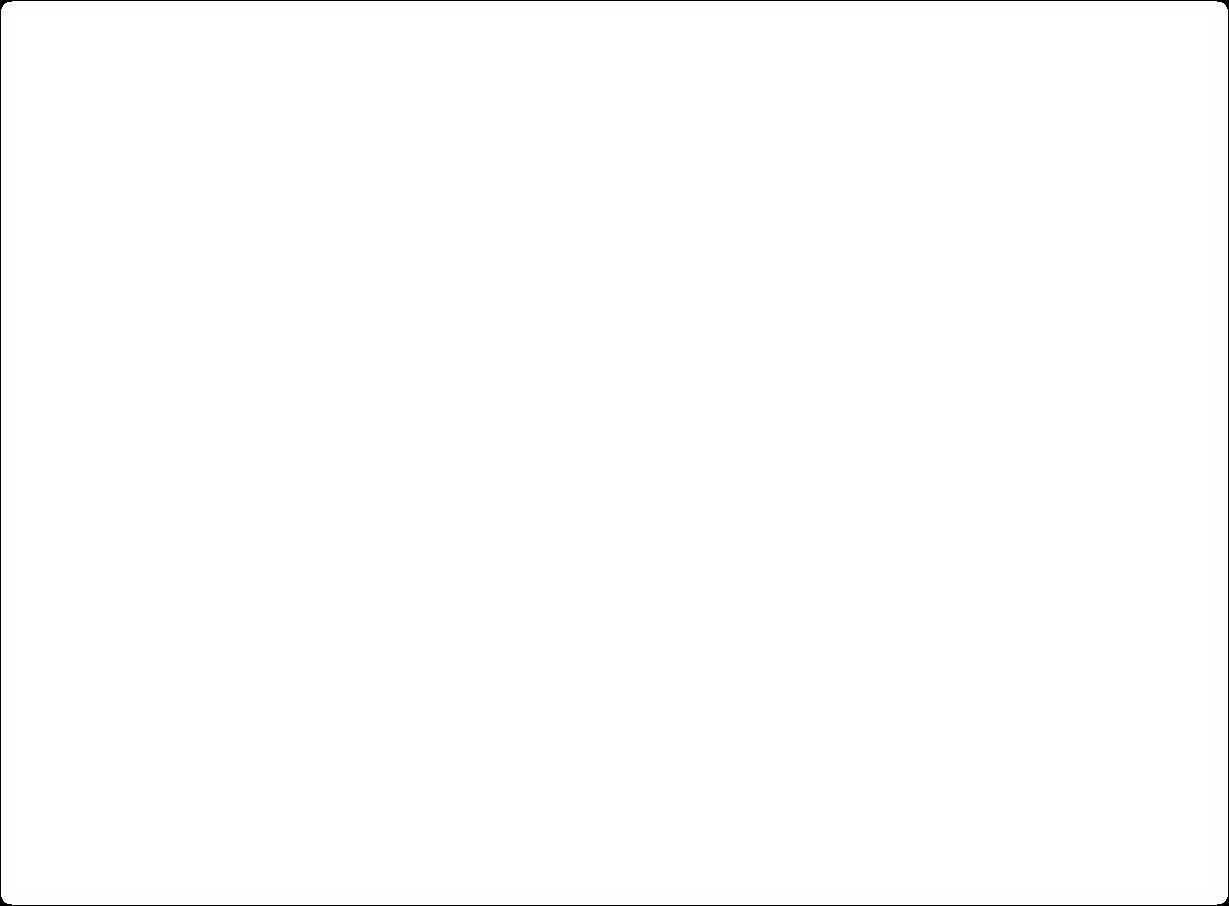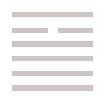
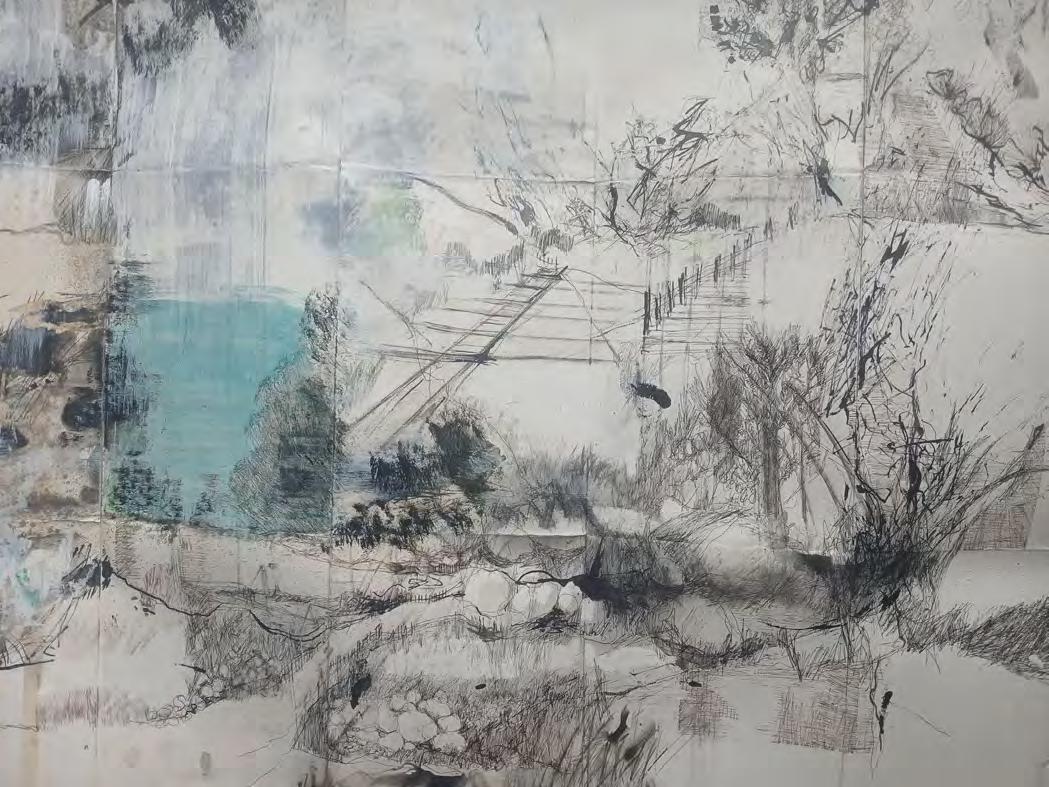
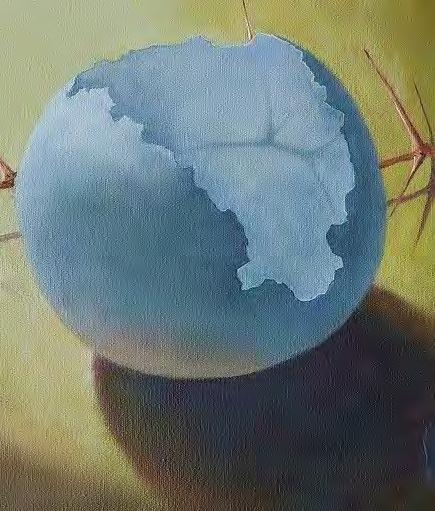
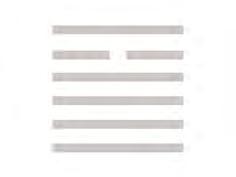
Mapping a Landscape: curator’s comment
Like many artists today, Laurel and Yolanda are each concerned with how our country’s rich natural environments are being slowly eroded by human encroachment by exploring the physical essence of experiencing the physical land.
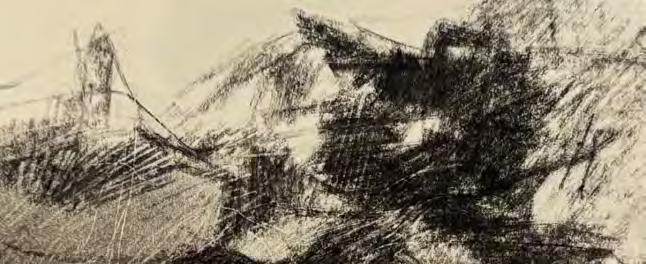

Both artists are Cape-based but have been working quite independently of each other. It is fascinating how they have dealt creatively with such similar issues in completely different ways. Yolanda is interested in preserving her memories of her natural environment as a protection against her own eco-grief. Laurel uses the natural subjects around her as metaphors for something more philosophical - personal yet universal - of how fragments picked up from the natural world can both provoke memories of specific times in now lost places and provide solace and healing.

Looking at this exhibition, Yolanda’s work takes the form of large maps, folded like the old road maps we remember from earlier, pre-Google Maps days. During her making process, she has folded the paper over and over againto work on different sections. This has caused spontaneous smudges, and the patina in the folds has resulted from this handling. Although one might think that this could cause the works to feel dislocated, the overall composition of each unfolded map is strangely cohesive, providing a large space for contemplation.
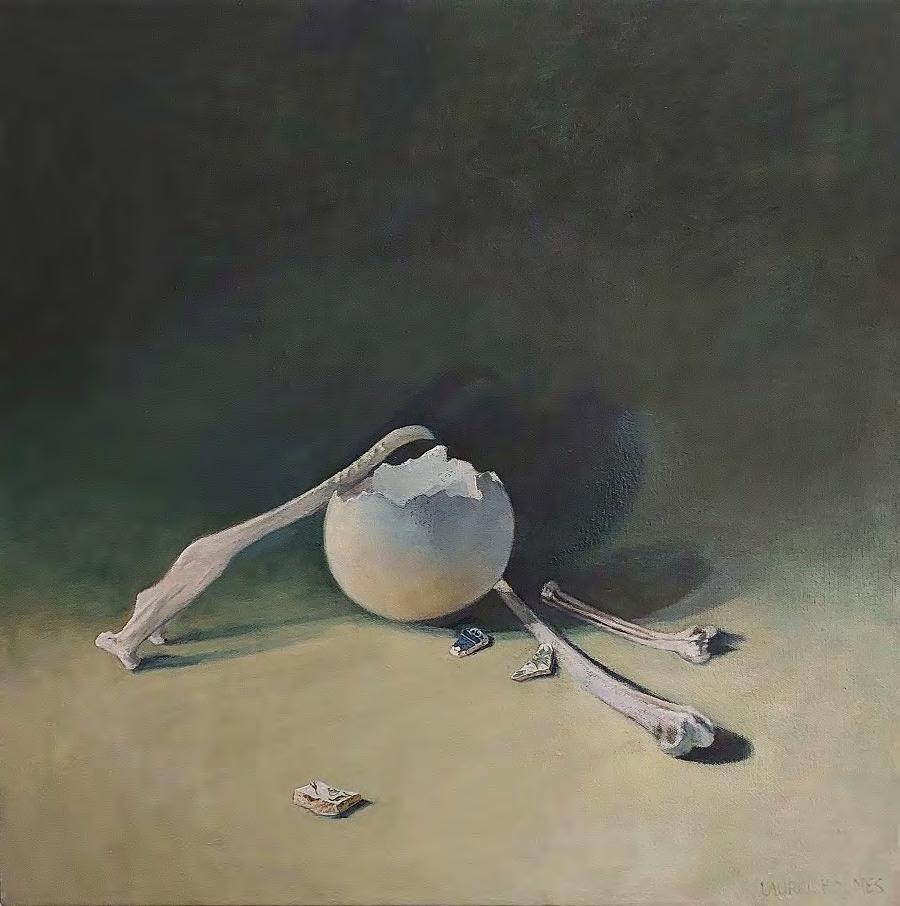
Laurel’s paintings and charcoal drawings have a sense of the Dutch masters in their exquisite execution, and her choice of broken tortoise shells, bones, and shards of porcelain, all retrieved from the veld, speak to that era’s artwork theme of vanitas still life, referring to transience and mortality, in this case the impermanence of the natural landscape as we know it. She speaks of visiting family and friends in remote locations over the years, and that, during her making process, these gathered artefacts remind her of their time together.
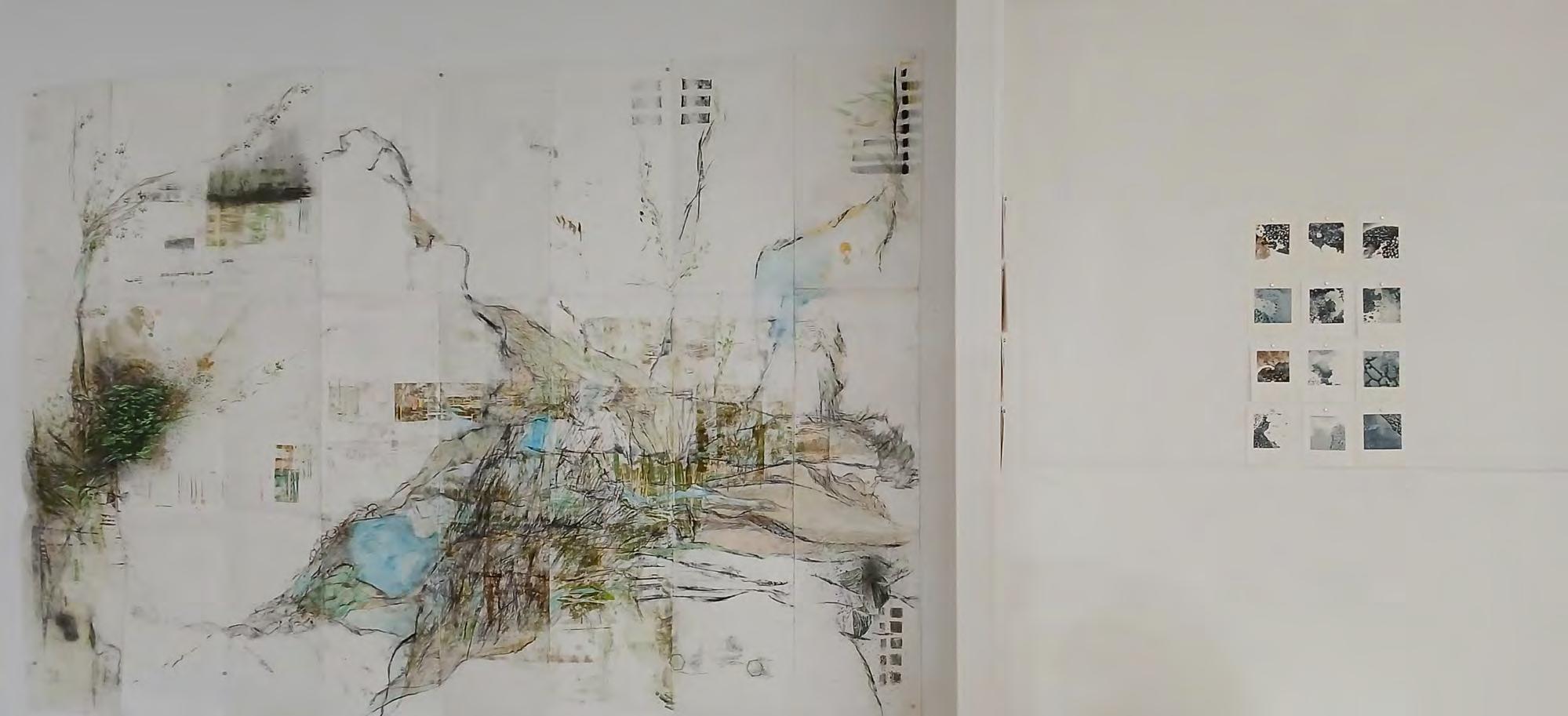
In contrast with Yolanda’s casual handling of her paper, Laurel’s prints are pristine. And although the works are physically much smaller in scale beside Yolanda’s large maps, her images of rocks, stones, and tortoise eggs feel monumental. One main fascination for me in curating this exhibition was the way two artists working with similar ideas and the similar physical land could have produced such totally different work –although each artists’ work offers a quiet space for contemplation.

I’ve known both artists for many years and been keen to exhibit their work together. I deeply respect not only their artmaking practices, but also their dedication in finding unique pathways to create artworks around these important topics.
Mandy
Conidaris
With thanks to Gordon Froud and his Stokvel Gallery for the support and opportunity to exhibit.
Mapping a Landscape: the exhibition



Artist’s Statement: Yolanda Warnich
I love all aspects of the natural world and spend as much time as possible close to the land and sea. As an artist, I always have a sketchbook with me, and through drawing, tap into my innate feelings of being in tune with the elements.
These maps took root from spontaneous sketches of my near ecological environment. As the work progressed, I realised that I needed to draw on a larger scale and format, and for practical purposes, started folding large pieces of paper in the manner of topographic maps. While in the car or out walking, I would begin a drawing on different parts of the map and
then work it further once back in my studio. This soon developed into a way of mapping the landscape through both varying my mark-making and experimenting with different mediums.
These artworks do not evolve from photographic sources, but rather by sketching through careful observation on site; and then, in my studio, by further layering the drawings with images of the land from memory. The most significant memory images have been generated by my recollections of how the land felt and looked when we first moved to the Strand/Somerset-West area. As such, my creative practice revolves around exploring ways to trace my different responses to my immediate surroundings.
My artmaking has become a means to protect my specific visual memories of a rich environment which are threatened with obliteration once I am confronted by new brick and mortar structures. This translates through drawing into physical reactions to the paper. My acts of erasing by rubbing or blocking out tend to occur when I feel frustrated by the ecodestruction and wish to conceal or cover areas previously worked on; yet at other times, I focus intently and draw on the paper carefully, mimicking the way that parts of the land are cordoned off for preservation.
These mapped drawings have been created as a tangible response to the ecological grief I experience as I hover between the memories and present experiences of my natural environments.

Artist’s
Statement: Laurel
Holmes
I live next to the sea and mostly attempt to distil the essence of where I am living, what I see around me and how I feel in relation to my natural environment.
Our lives are often harried, bombarded by noise, media, turmoil, too much artificial light and hard surfaces, too little privacy. Places of serenity and retreat, where profound restoration can take place, are increasingly hard to come by. The disappearance of wild nature and our limited access to natural environments distances us further and further from this healing, revitalising source.
In a way, my works produced over the years are a type of nostalgia, strongly influenced by memories of a very unrestricted, free childhood landscape in South Africa.
The places I frequent daily have made me keenly aware of the tension between the beautiful and the sublime. The eighteenth-century Western aesthetic of the beautiful, in which nature was seen as an emblem of orderly perfection, mirroring the human mind, gave way to the
Romantics’ keen awareness of nature’s mystery and otherness, experienced as the sublime. In experiencing the sublime, the human mind becomes aware of the futility of imposing order on the wildness, vastness, mystery and magnificence of nature. In acknowledging that
nature is not as pliable or human centric as it might seem, the sublime offers a path to a spiritual awareness or presence that Wordsworth describes as ‘intimations of immortality.’
I try to show this tension between the beautiful and the sublime in my work – depicting what lies on the edge of, behind or beyond the natural world I see around me, though pushing the print plates to their limits to create a deep bite and rich blackness, mark making and texture occurring by chance. The subject matter of rocks and stones from ancient landscapes are symbolic of the potency of the natural world, described by the Celts as a thin place, where the veil between the physical and spiritual becomes permeable. This sense of being in a thin
place can attest to the healing power of the natural world, a world in which one could transition into an ‘in-between’ place, a place of solace and healing.

